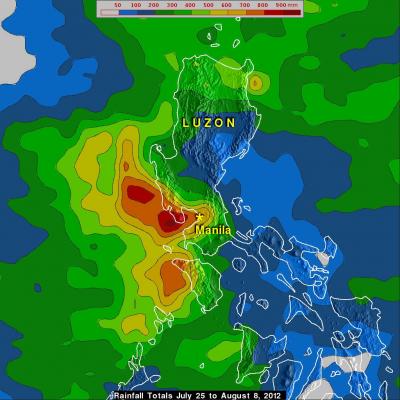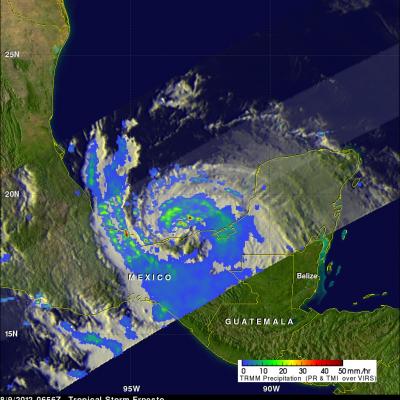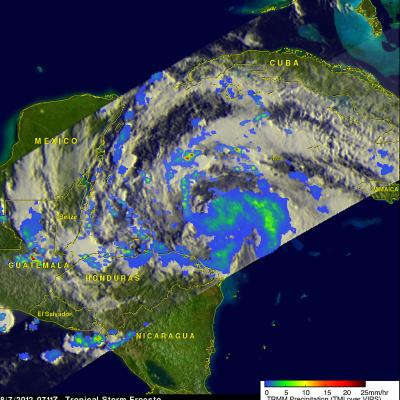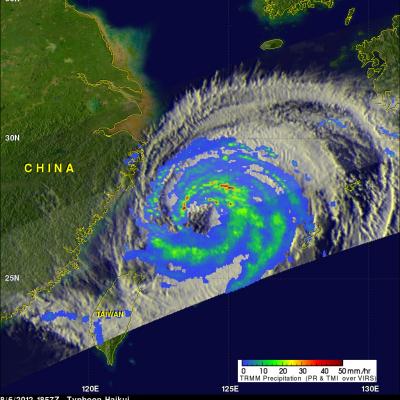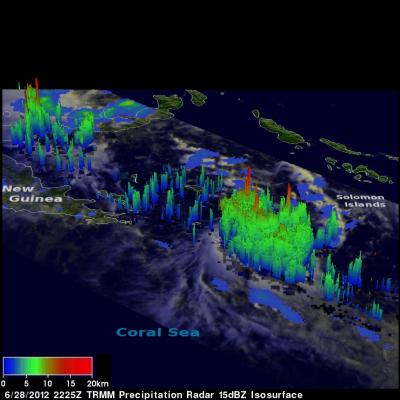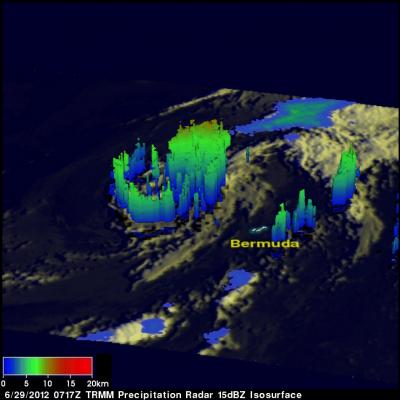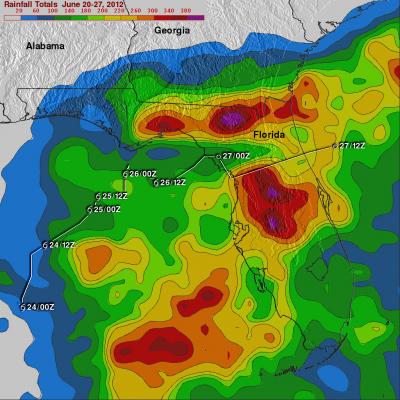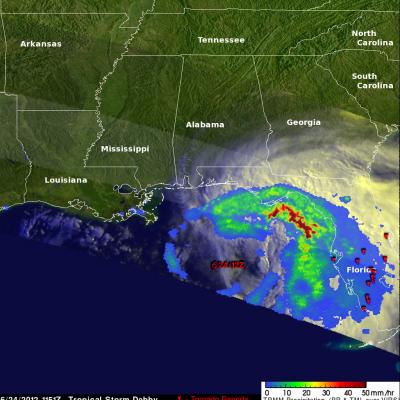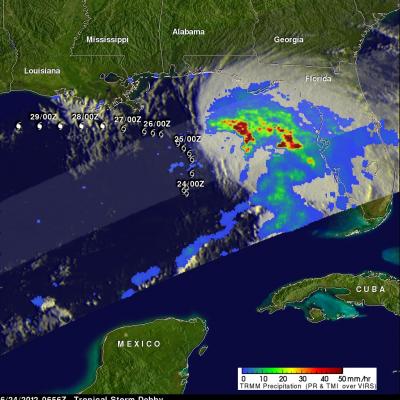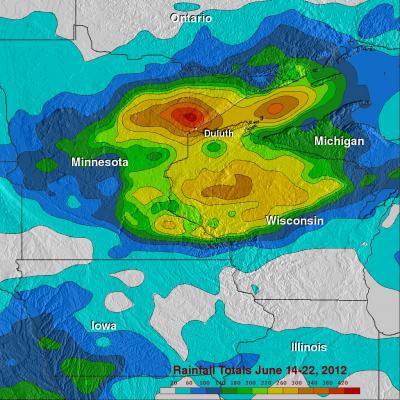Monsoon, Tropical Cyclones Bring Massive Flooding to Manila
Over the past two weeks, a combination of the southwest monsoon and tropical cyclones passing in the vicinity of the northern Philippines has resulted in massive flooding in and around the Philippine capital. It is the worst flooding there since Typhoon Ketsana in 2009, which devastated Manila and killed over 400 people throughout the country. The current flooding began at the end of July with the passing of Typhoon Saola (known as Gener in the Philippines) northeast of Luzon. Although the center of Saola made landfall in northern Taiwan and passed well to the east of Luzon, the storm's


